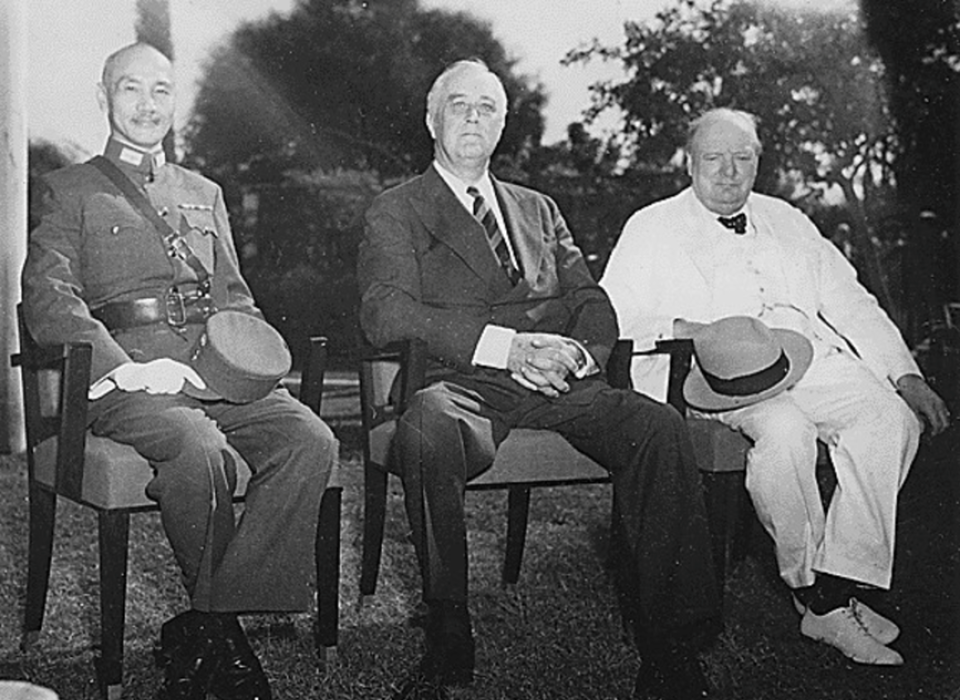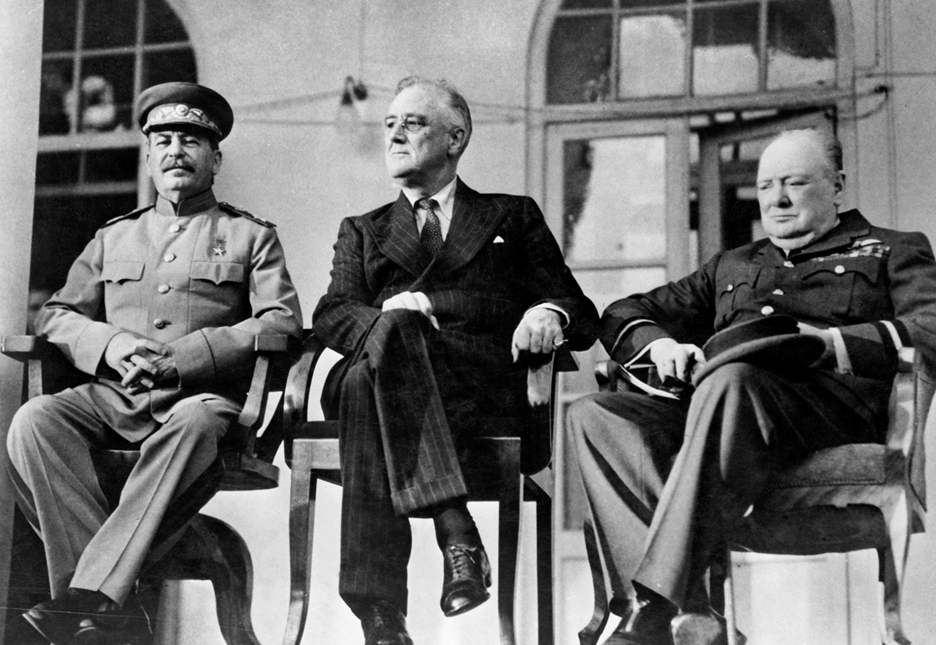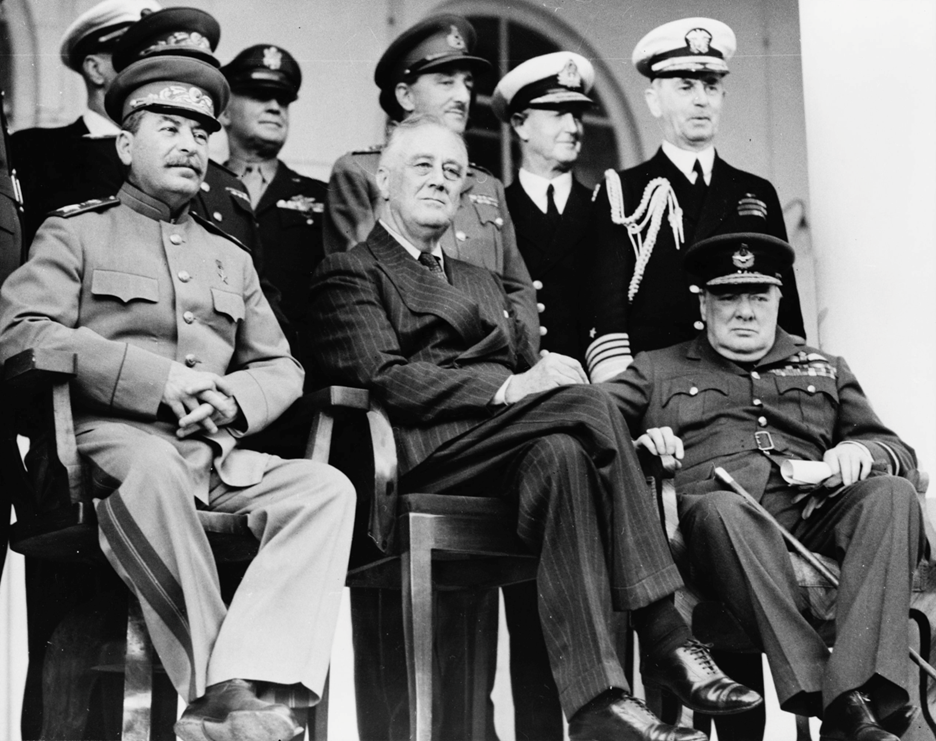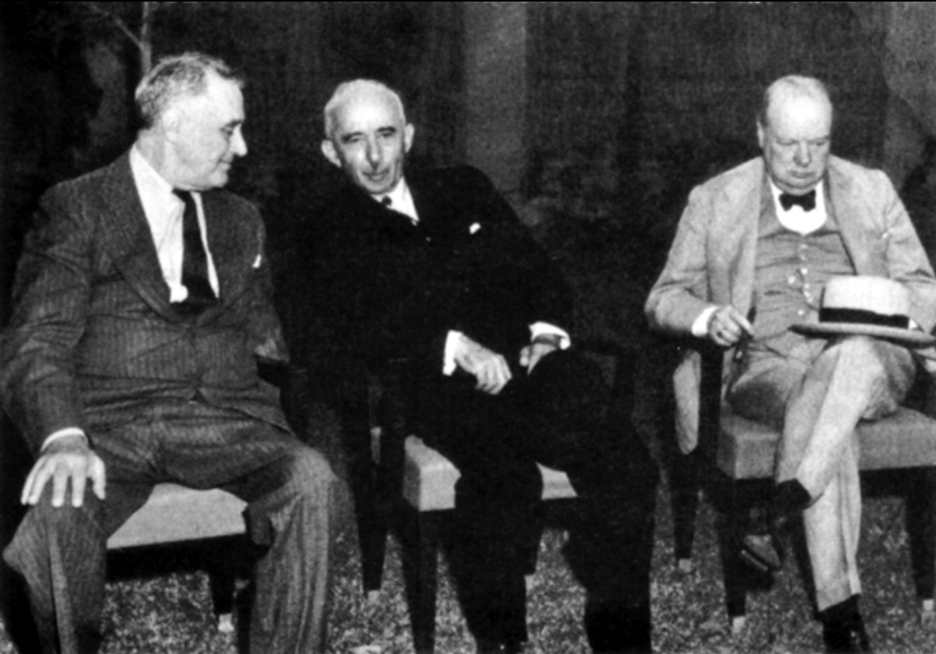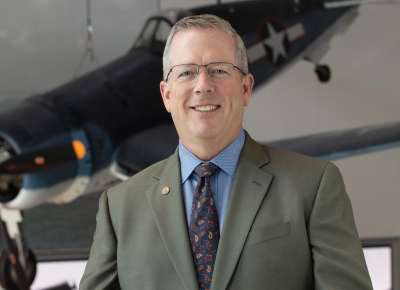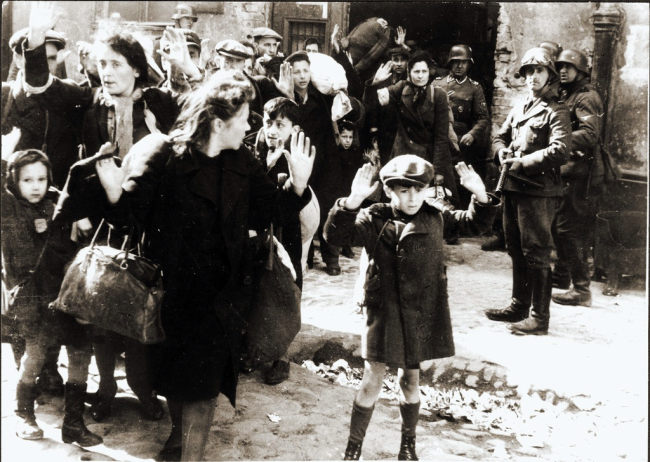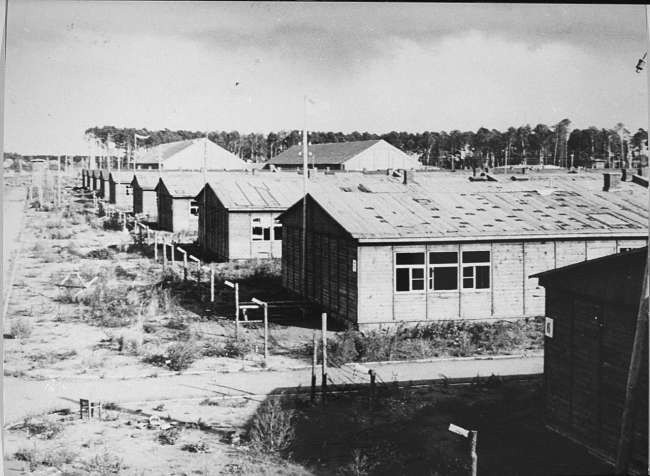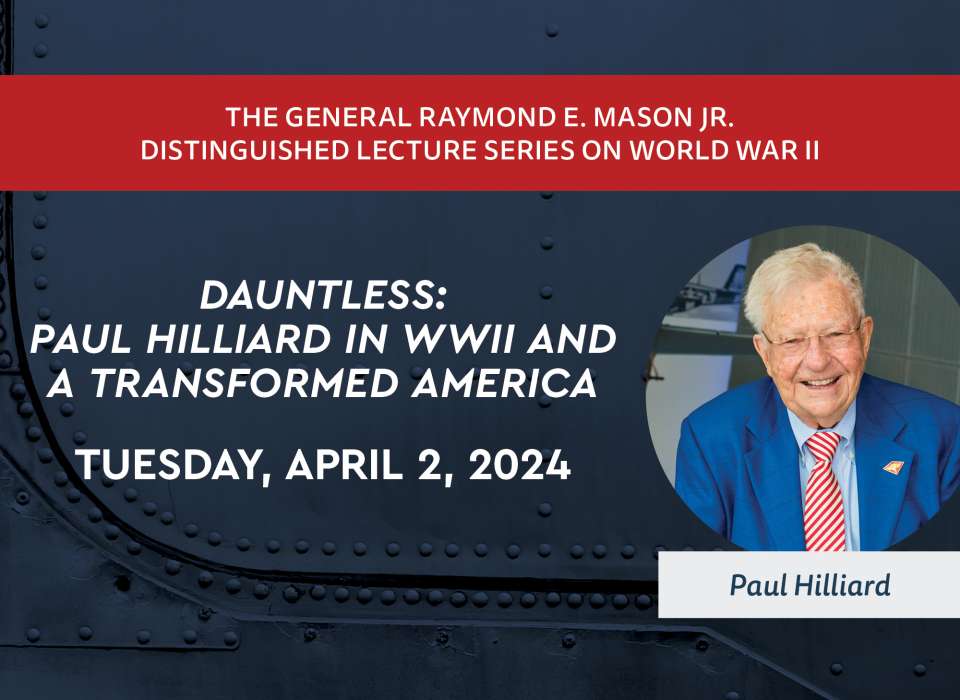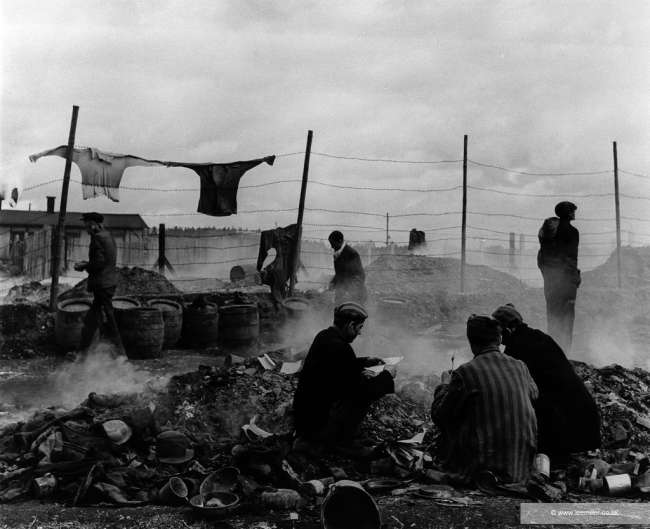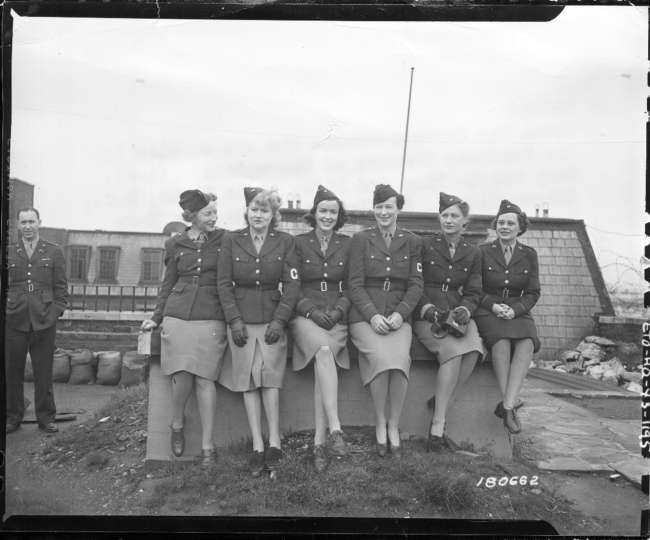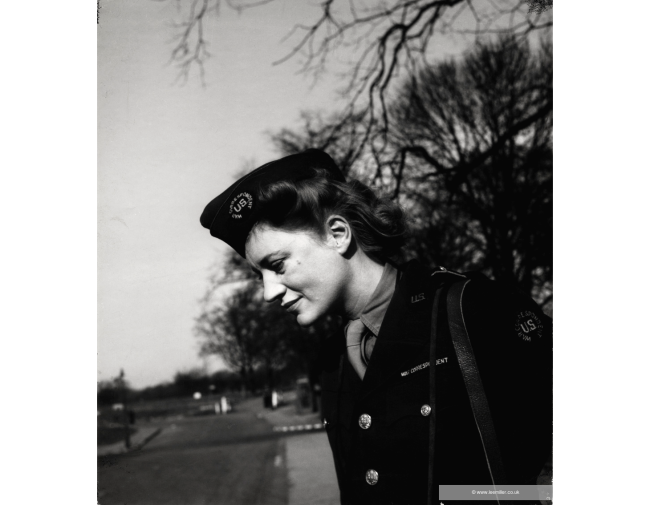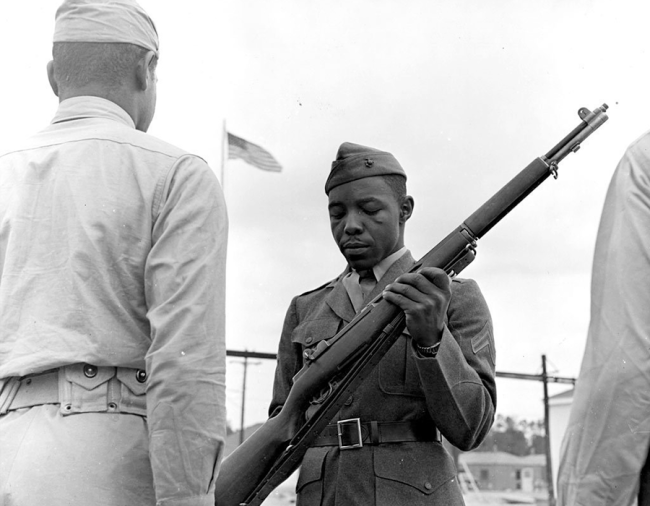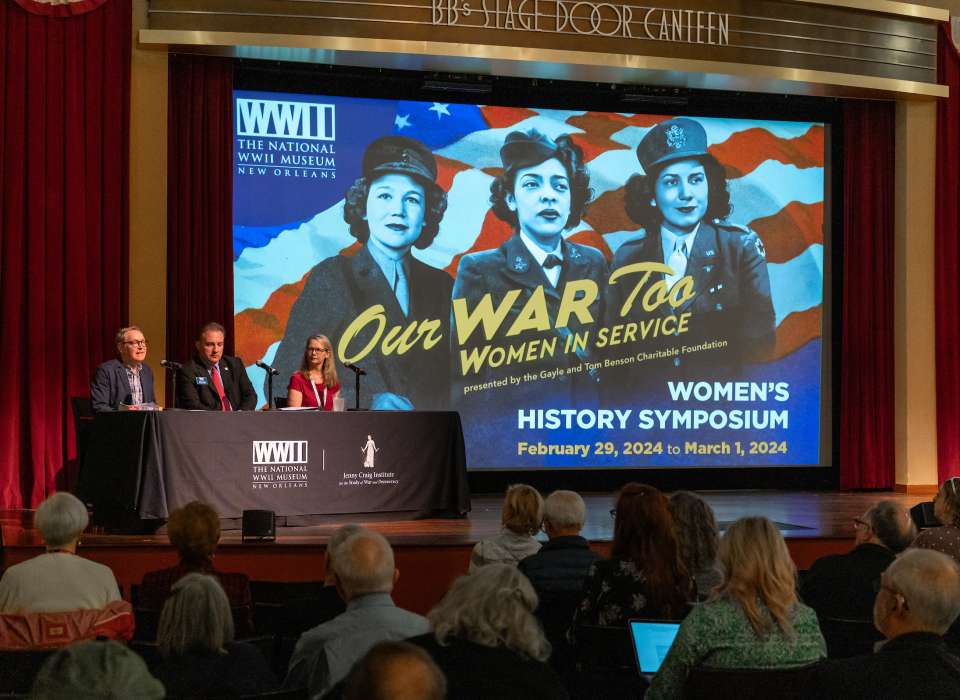Top Photo: Chinese Generalissimo Chiang Kai-shek, US President Franklin Delano Roosevelt, and British Prime Minister Winston Churchill at the Sextant Conference, 25 November 1943. National Archives NAID: 196609
In late 1943, Allied leaders met for three strategic conferences, continuing the coalition planning process that began when the United States joined the war effort in December 1941. The first of these meetings, codenamed Sextant, took place in Cairo, Egypt from November 22–26, 1943. As they had at earlier conferences, the Combined Chiefs of Staff (CCS) met both among themselves and with national political leaders to deliberate on key issues influencing coalition strategy in the coming months.[1]
The First Cairo Conference
The Sextant Conference set the stage for postwar Asia after the defeat of Japan. At President Franklin Delano Roosevelt’s insistence, much of the discussion addressed combined US-British-Chinese operations in Burma, despite Prime Minister Winston Churchill’s opposition. As announced in the Cairo Declaration, issued on December 1, the Allies agreed that after its unconditional surrender, Japan would “be stripped ‘of all the islands in the Pacific which she has seized or occupied since the beginning of the First World War’; all Chinese territory would be returned to China; and Korea would become ‘free and independent.’”[2] This established China as one of the four major powers, alongside the United States, Great Britain, and the Soviet Union.
Less well-known is the change in command and control of Allied strategic air forces agreed to at Cairo. After much debate, and despite British opposition, the Combined Chiefs of Staff accepted the American plan for a strategic air command that would coordinate the operations of the Eighth and Fifteenth Air Forces. This had the benefit of making it possible to move heavy bombers between theaters. The British argued that there were too few airbases in Italy to support the plan, and they did not want to involve their bombers in daylight operations. The US chiefs, on the other hand, were focused on ensuring adequate bomber support to service target priorities for Operation Pointblank. The CCS ultimately agreed to a compromise solution in which the American air commander would determine Pointblank target priorities for the Eighth and Fifteenth Air Forces, moving them between the two theaters when necessary. However, in an emergency, authority would pass to the respective theater commander to commit the strategic air forces to non-Pointblank tasks.[3]
The 'Big Three' at Tehran
After Sextant, Roosevelt and Churchill traveled to Tehran, Iran, for the Eureka Conference, perhaps the most important of the Allied summits to date. This was the first of the strategic conferences with Joseph Stalin, the Soviet premier, in attendance, making it the first meeting of the “Big Three”: Roosevelt, Churchill, and Stalin. It took place at a pivotal moment in the Allied relationship, with US power ascendant and the British Empire on the decline. After the United States entered the war, the Western Allies agreed to a “Germany First” policy, which held the defeat of Germany as the primary war aim. The question of when and how to go about defeating Germany remained a matter of debate, however, and Churchill had rejected US proposals to invade Western Europe in either 1942 or 1943.
By mid-1943, however, Stalin had grown insistent that the Western Allies open a second front on the European continent to take some of the pressure off the Red Army. Stalin knew that the Allies needed him to stay in the war, and this gave him considerable influence over Allied strategic planning. Conversely, despite their “special relationship,” Churchill was losing influence over Roosevelt, and would continue to do so as US contributions to the war effort increasingly outweighed those of the British. Roosevelt made this clear at Tehran, where he spent most of his time with Stalin, often in meetings that excluded Churchill, and sided with the Soviet leader on all the major decisions.
Thus, when the issue of the second front came up, Churchill could only acquiesce to the agreement between Roosevelt and Stalin that the Western Allies would invade Western Europe in the spring of 1944. Similarly, and with long-term consequences, Roosevelt sided with Stalin on the issue of a Soviet postwar buffer zone. Ironically, this agreement came at a high point in US-Soviet relations, but it foreshadowed that relationship’s imminent decline and the start of the Cold War. Churchill, faced with the decline of the British Empire and frustrated by his reduced status in the Allied coalition, fell into a state of depression, visible in photos of him from the conference.
The Second Cairo Conference
After Tehran, Roosevelt and Churchill returned to Cairo for a final round of meetings from December 2–7, 1943. Military planning at this conference dealt with the details of Operations Overlord and Anvil, while the national leaders focused on the question of Turkey’s entry into the war. For this, Turkish President İsmet İnönü joined Roosevelt and Churchill at the summit.
Roosevelt and Churchill agreed in 1941 that Turkish neutrality helped the Alliance because this blocked German access to Middle East oil. However, Turkey had a sizable army and air force, giving it some potential as an Allied combatant. By 1943, Churchill began to argue for Turkey’s entry into the war, hoping to strike once again at the German “soft underbelly,” but İnönü was reluctant to give up his nation’s neutrality. He recalled the severe damage done to Turkey in a series of wars between 1911 and 1922, and he worried that the Allies would not give him adequate support.
Roosevelt understood İnönü’s concerns, and he worried that if a Turkish attack went badly, it could cause a serious setback in Allied fortunes. Ultimately, the question came down to resources. With everything the Allies had at their disposal in Europe committed to Operations Overlord and Anvil, they simply could not risk any resources on an unnecessary and potentially costly Turkish offensive. Therefore, Turkey did not join the war effort until February 1945, after Allied leaders decided that only nations that had declared war against Germany by March 1 could gain admission to the United Nations.
At Cairo and Tehran, the Allied leaders agreed on a path to victory in both the Pacific and the European theaters of war. It would take months of costly combat operations to force the unconditional surrender of Axis forces, and the Allied coalition dealt with significant friction over the course of these campaigns. The strain presented obstacles to Allied cooperation, but the strategic planning process enabled them to overcome this friction, even as they moved ever closer to the postwar, bipolar world.
Additional Reading & References
US Joint Chiefs of Staff History:
[1] Previous strategic conferences included Arcadia (24 Dec ’41 – 14 Jan ’42); Post-Arcadia (23 Jan – 19 May ’42); Casablanca (14-24 Jan ‘43); Trident (12-25 May ‘43); and Quadrant (14-24 Aug ‘43).
[3] Wesley Frank Craven and James Lea Cate, The Army Air Forces in World War II: Volume Two Europe: Torch to Pointblank, August 1942 to December 1943 (Chicago, IL: University of Chicago Press, 1949), 748.
Dr. Mark T. Calhoun
Dr. Mark T. Calhoun is the Military Historian at the Jenny Craig Institute for the Study of War and Democracy.
